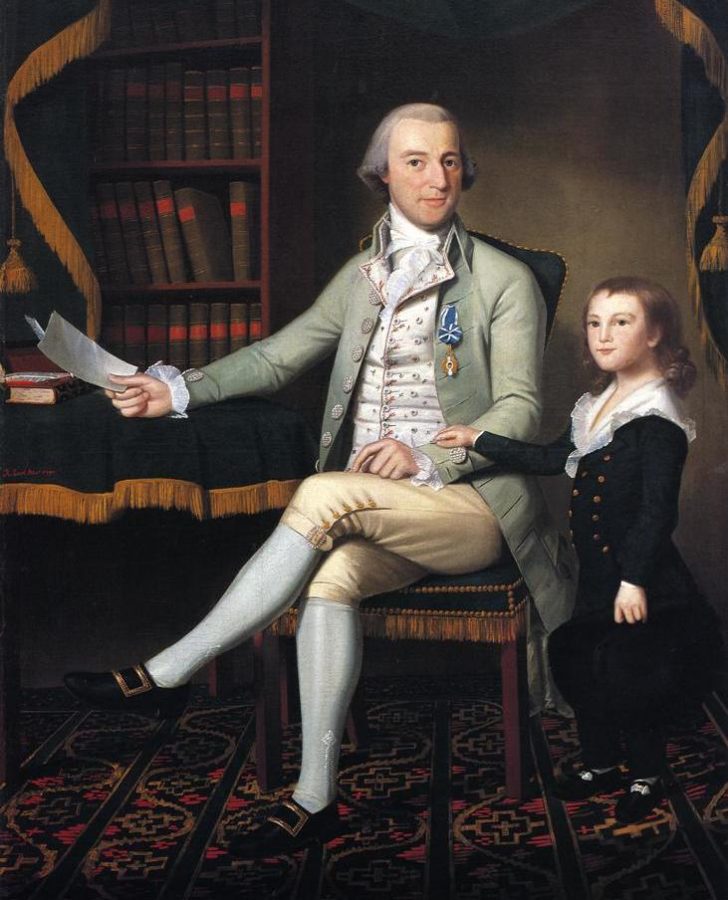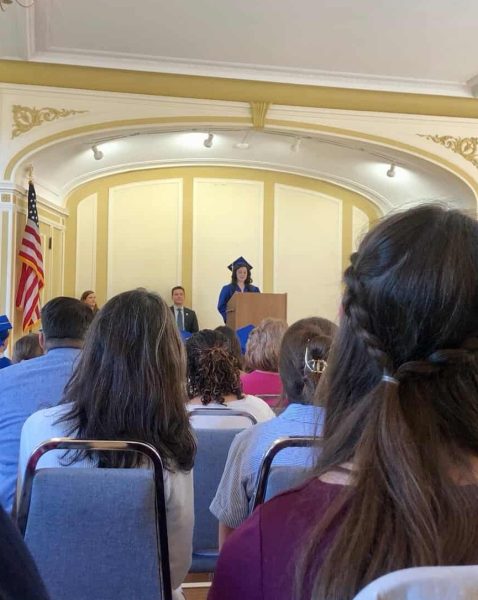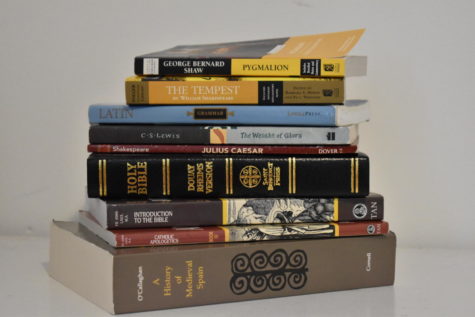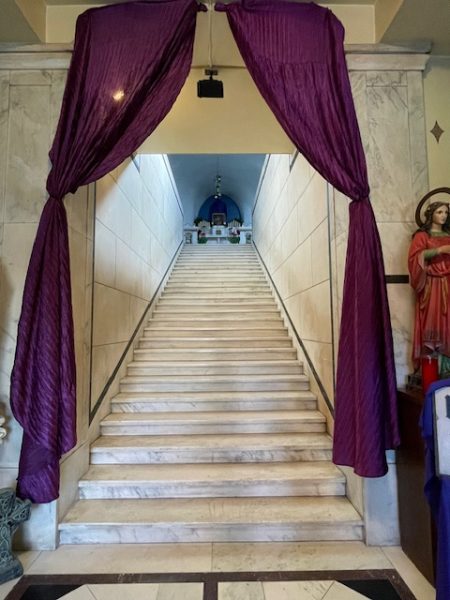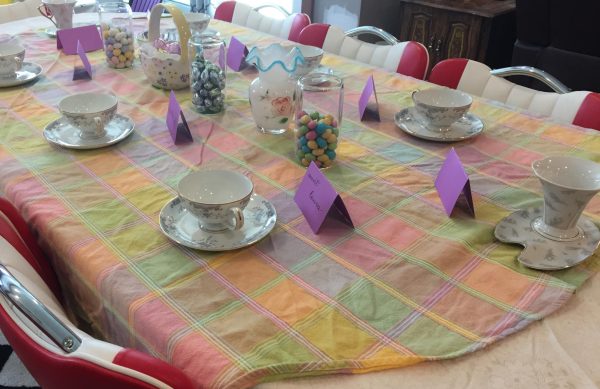Part 1: The Culper Ring: The Greatest Spies of the American Revolution
The American Revolution was fought from 1775-1783 and was the war in which the American colonies finally won their independence from Great Britain. Although the odds were completely against the Americans, they still managed to defeat the greatest army of the world at that time. How did they accomplish such a feat? While there are multiple reasons, one of the greatest reasons is the use of spies. Both the British and the Americans realized that to win this war, they had to have the best intelligence network. Most history books only mention the one ill-fated American spy, Nathan Hale, and other than that, one does not hear much about spies during this war. The Culper Ring was the greatest spy network of the entire Revolutionary war; clear evidence of this group was only resurrected in the 1930’s by Morton Pennypacker.
A key player in this spy ring was Benjamin Tallmadge. A Long Island native, he joined the Continental Army in 1776, later in the year was promoted to Captain, and in 1777 was promoted again to Major. Around this time, General George Washington realized he needed a more secure system of gathering intelligence. He approached Benjamin Tallmadge and asked him to create a spy ring. Major Tallmadge agreed and was made Director of Military Intelligence for the Continental Army in 1778.
General Washington wanted information on the British and the plans of their army. Benjamin Tallmadge had spent his childhood in Setauket, Long Island, New York and formed his spy ring from his childhood companions. The main members were a farmer, Abraham Woodhull; boatman and blacksmith, Caleb Brewster; tavern keeper, Austin Roe; Anna Strong; and Quaker, Robert Townsend, who was recruited by Woodhull.
The Culper Ring typically used the same route to send information back and forth. As a tavern keeper, Austin Roe had a logical reason for traveling to New York and back to Setauket for supplies. While there he would meet with Robert Townsend. As he was a Quaker, it was just presumed he was neutral when it came to the war. Unfortunately for the British, he did choose a side; fortunately for Robert Townsend, no one suspected him. He was a merchant and he worked in a loyalist coffee house and spent much of his time with high-profile officers, for example, Major John Andre. Austin Roe would then come back and bury the report from Townsend in a hidden location on Woodhull’s farm. Woodhull somehow needed to get this information to Caleb Brewster, who would take it across the Long Island Sound. Anna Strong was a seemingly harmless woman hanging up her laundry to dry, but, little did the British know, she was helping to convey important information to the Continental Army. She would create messages for Woodhull to tell him the location of Brewster. The black petticoat and the number of handkerchiefs, signaled where Caleb Brewster was hiding. On the other side of the Sound, a courier would take the message to Tallmadge and then to General Washington.
The Culper Ring had a few ways of sending information, which were instigated to protect its members. Benjamin Tallmadge created a codebook of 763 numbers of words, names, and locations. In the codebook, Tallmadge’s code name was John Bolton and his number was 221. Washington was 711, Woodhull 722, Townsend 723, Austin Roe 724, and Brewster was 725. Number 355 meant “lady” and it has been speculated that there was a lady agent, called Agent 355, although this has not been proven. Washington wanted an invisible ink that would be more secure. Sir James Jay of England had just created an “invisible ink [that] did not become visible by heating. As he described it, his ink, ‘would elude the generally known means of detection, and yet could be rendered visible by a suitable counterpart.’ Jay’s invisible ink consisted of two chemicals. An agent used one chemical to write an invisible message. To read the message, the reader had to brush a second chemical on the paper; that chemical made the message visible” (Allen, Thomas B., George Washington, Spymaster).
This is only the beginning of the Culper Ring’s story and achievements. Stay tuned for Part 2 in order to learn more about the Culper Ring’s achievements that helped the Americans to win the Revolutionary War!
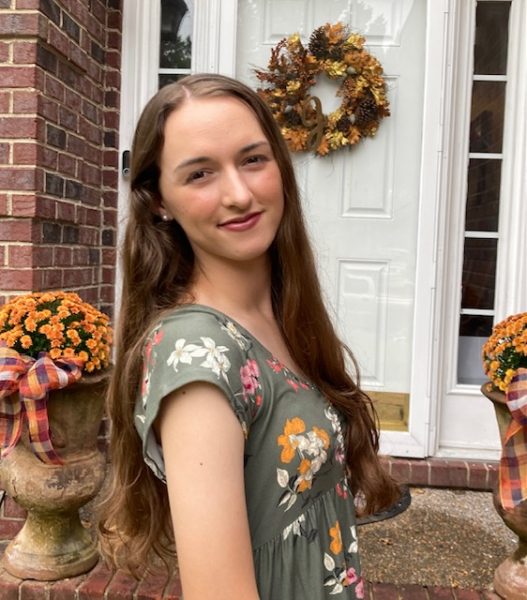
Ava Clare is a senior from Nashville, Tennessee. In her free time, she enjoys Irish dance, reading, writing, and baking.

